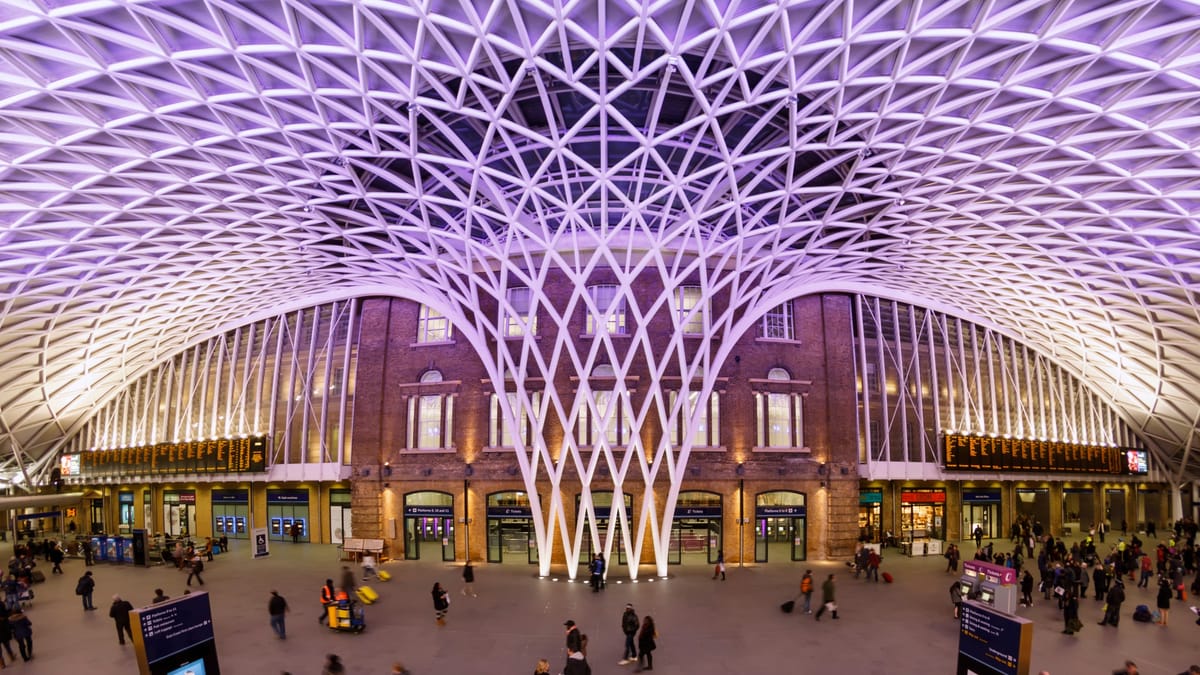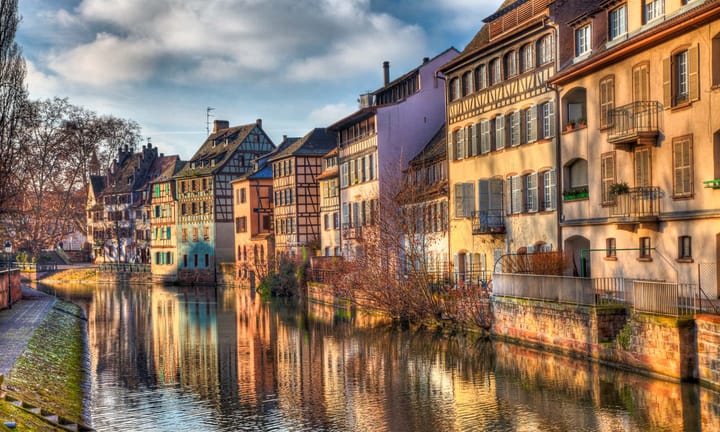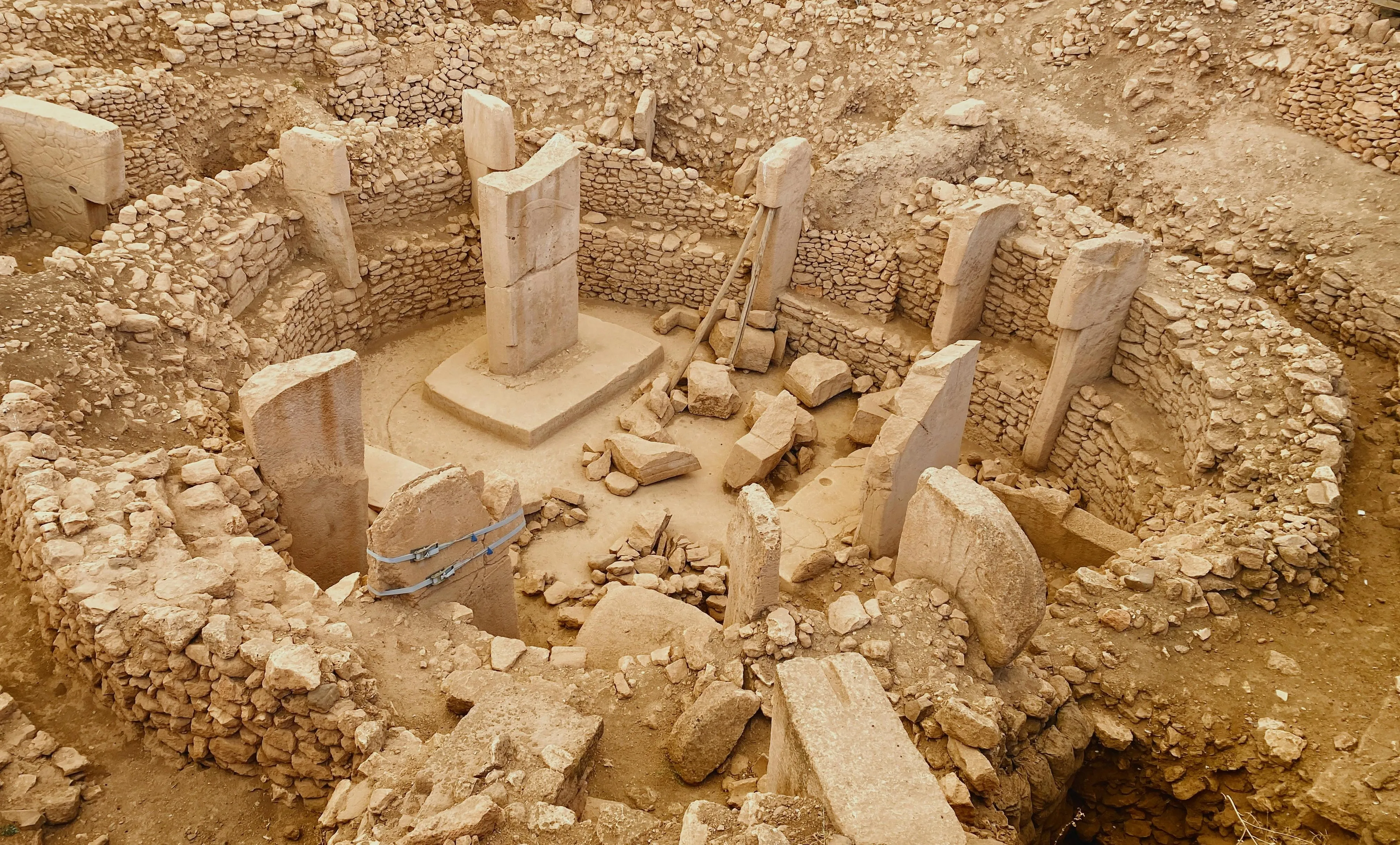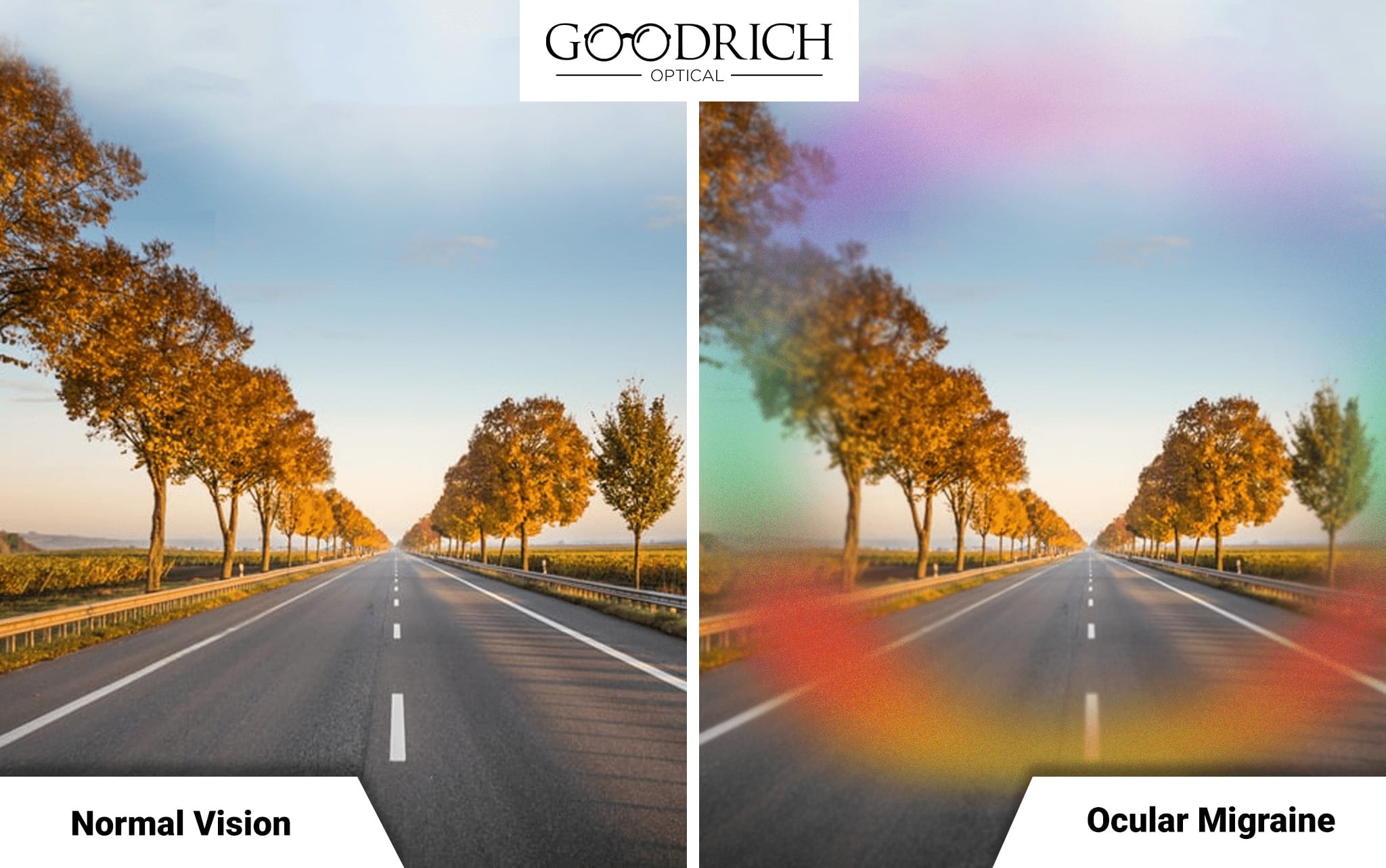The Transformation of King's Cross London From Industrial Hub to Vibrant Landmark

Early Beginnings: The Rise of King's Cross
King's Cross, one of London's most vibrant and dynamic districts, has undergone a remarkable transformation since its humble beginnings in the 19th century. From its early days as a major hub for rail and industry, King's Cross has evolved into a thriving landmark, boasting a unique blend of history, culture, and innovation.
The Birth of a Railway Hub
King's Cross has its roots in the 19th century when the area was a major hub for rail and industry. The construction of the King's Cross railway station in 1852 marked the beginning of the area's transformation. Designed by renowned architect Lewis Cubitt, the station was initially intended to serve as the London terminus of the Great Northern Railway.
The station's strategic location allowed for efficient transportation of goods and people between London and the north of England. As the railway network expanded, King's Cross became an integral part of London's industrial landscape, attracting various industries, including coal, timber, and manufacturing.
A Catalyst for Growth
The arrival of the railway brought significant economic growth to the area, transforming King's Cross into a bustling commercial center. The station's imposing façade, featuring Cubitt's iconic design, became a symbol of industrial progress and a beacon for development.
As the area's prominence grew, so did its infrastructure. The construction of nearby warehouses, factories, and offices supported the expansion of various industries. King's Cross became a vital artery of London's economy, connecting the city to the wider region.
A Legacy of Innovation
Throughout its history, King's Cross has been characterized by innovation and adaptation. From its early days as a pioneering railway hub to its current status as a vibrant cultural destination, the area has consistently demonstrated its capacity for transformation.
Today, King's Cross stands as a testament to the power of regeneration and urban renewal. Its rich industrial heritage has been carefully integrated into the area's modern landscape, creating a unique and captivating destination that attracts visitors from around the world.
Industrial Heritage and Decline
King's Cross, London, boasts a rich and complex history, with its industrial past playing a pivotal role in shaping the area's transformation. Throughout the 20th century, King's Cross remained a thriving industrial center, with goods yards, warehouses, and factories dominating the landscape. The area's strategic location, nestled beside major rail lines and waterways, facilitated the growth of various industries, including manufacturing, transportation, and logistics.
The Heyday of Industry
During its peak, King's Cross was a hub of economic activity, with thousands employed in the various industries operating within the area. The goods yards and warehouses served as critical storage and distribution points for goods arriving and departing the city. Factories produced everything from textiles to machinery, contributing significantly to London's economic prosperity.
Decline and Neglect
However, by the 1980s, the area had fallen into decline, plagued by crime, prostitution, and neglect. The once-thriving industries had moved out, leaving behind abandoned buildings and a struggling community. As the manufacturing sector declined and transportation patterns shifted, King's Cross lost its economic vitality. The area's reputation suffered, and it became synonymous with social issues and urban decay.
The abandoned buildings and neglected infrastructure created an environment ripe for illicit activities. Crime rates soared, and prostitution became rampant, further exacerbating the area's decline. The community struggled to cope with the loss of employment opportunities and the subsequent social consequences.
Despite these challenges, the seeds of transformation were sown during this period. Forward-thinking developers and urban planners recognized the potential for revitalization, paving the way for the area's remarkable rebirth. The industrial heritage of King's Cross would eventually become a foundation for its future success, as the area evolved into the vibrant landmark it is today.
Regeneration and Rebirth The transformation of King's Cross London is a remarkable tale of urban regeneration. For decades, the area was known for its industrial landscape and transport hub, but by the 1980s, it had fallen into disrepair. A New Vision Emerges In the 1990s, a major regeneration effort began, led by the King's Cross Partnership. This ambitious project aimed to transform the area into a vibrant, mixed-use district with offices, homes, shops, and cultural attractions. Key Developments Several key developments were instrumental in reshaping King's Cross: Redevelopment of King's Cross Station The iconic King's Cross station underwent a stunning transformation, with the addition of the striking western concourse and the restoration of the original Victorian architecture. The Francis Crick Institute The construction of the Francis Crick Institute, a world-class medical research center, brought cutting-edge science and innovation to the area. Granary Square The creation of Granary Square, a vibrant public space, provided a focal point for community events and activities. A Thriving Neighborhood Today, King's Cross is unrecognizable from its industrial past. The area is now a thriving neighborhood, boasting: Over 20 million visitors annually 3.4 million square feet of office space 2,000 new homes 500,000 square feet of retail and leisure space 40 acres of open spaces and public art installations The regeneration of King's Cross serves as a model for urban renewal, demonstrating the power of collaborative effort and visionary planning.
Cultural Renaissance and Modern King's Cross
Today, King's Cross is a thriving hub of creativity and innovation, transforming into a vibrant landmark that showcases the perfect blend of London's rich history and modern charm. This remarkable metamorphosis has redefined the area, making it an irresistible attraction for visitors and locals alike.
A Hotbed of Cultural Excellence
The area is home to renowned cultural institutions like the British Library, which attracts millions of visitors each year. As the national library of the United Kingdom, it houses over 170 million items, including ancient manuscripts, rare books, and digital collections. The British Library's stunning architecture and serene surroundings make it a must-visit destination for book lovers and history enthusiasts.
Another notable institution is the Guardian newspaper, whose headquarters is located in the heart of King's Cross. This iconic publication has been a cornerstone of British journalism for over a century, and its presence in the area reinforces King's Cross's reputation as a hub for intellectual and creative pursuits.
Vibrant Street Art and Independent Spirit
Beyond its cultural institutions, King's Cross is characterized by its vibrant street art scene, which adds a dynamic layer to the area's landscape. Colourful murals and quirky installations have transformed once-drab buildings into canvases of creative expression, reflecting the area's commitment to artistic innovation.
Independent shops, boutiques, and galleries have also sprouted up throughout King's Cross, offering unique shopping experiences that cater to diverse tastes. From artisanal crafts to specialty foods, these entrepreneurial ventures inject a refreshing dose of individuality into the area.
A Culinary Destination
King's Cross has become a gastronomic hotspot, boasting an eclectic mix of restaurants, cafes, and bars. From traditional British pubs to international eateries, the district's culinary landscape is as diverse as it is delicious. The bustling Granary Square, with its lively atmosphere and outdoor seating areas, is particularly popular among foodies and those seeking a relaxing spot to unwind.
In conclusion, King's Cross has undergone a stunning transformation, evolving from a neglected industrial hub to a vibrant landmark that embodies the spirit of modern London. Its rich cultural tapestry, innovative spirit, and warm hospitality make it an unmissable destination for anyone exploring this great city.
A Bright Future for King's Cross
As King's Cross continues to evolve, its rich history remains an integral part of its identity. From its humble beginnings as a bustling industrial hub to its current status as a vibrant landmark, King's Cross has undergone a remarkable transformation. This iconic London district has successfully blended its heritage with modern innovation, creating a unique and captivating destination for visitors and residents alike.
Ongoing Revitalization Efforts
Ongoing development projects, such as the redevelopment of the surrounding estates, promise to further enhance the area's appeal. These initiatives aim to create a seamless blend of old and new, incorporating sleek, contemporary architecture alongside restored historic buildings. The result is a dynamic and thriving community that showcases the best of London's diversity and creativity.
A Testament to Urban Regeneration
King's Cross stands as a testament to the power of regeneration and the enduring spirit of London. This remarkable turnaround serves as a model for urban renewal projects worldwide, demonstrating the potential for transformation and growth. As the area continues to flourish, it remains deeply rooted in its storied past, ensuring that its legacy endures for generations to come.
With its vibrant cultural scene, cutting-edge amenities, and stunning waterfront views, King's Cross has solidified its position as a must-visit destination in the heart of London. As this iconic district continues to evolve, one thing remains certain – its bright future will be shaped by the same innovative spirit that has defined its illustrious past.

















Comments ()